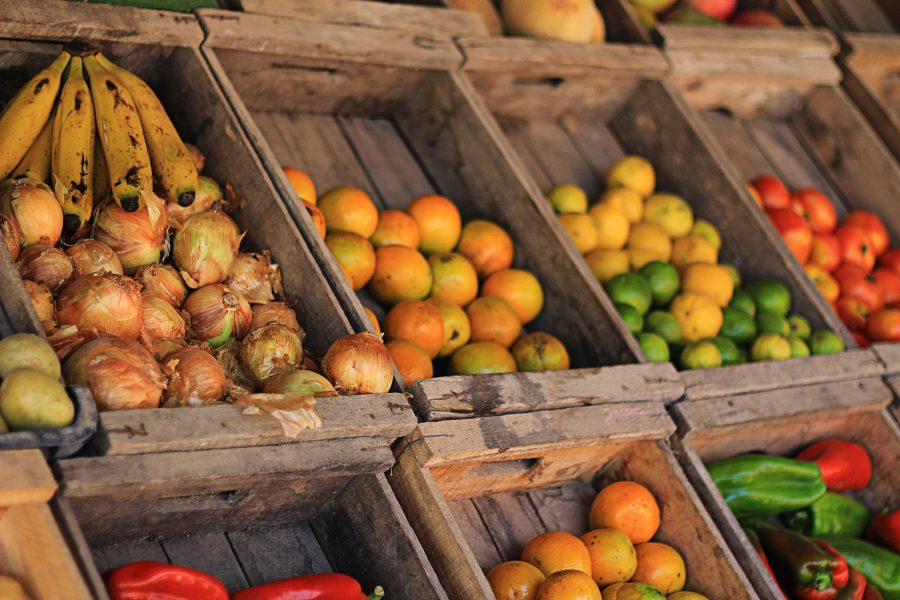
Offering families financial assistance to purchase food in the summer improved school-aged children’s food security by 20 percent and boosted the quality of their diets, according to an April 2018 study published in Pediatrics.
Eight percent of households with children in the U.S. were “food insecure” in 2016, according to a U.S. Department of Agriculture report. For these households, “their access to adequate food is limited by a lack of money and other resources,” according to the report. Food insecurity has been linked to numerous health concerns, including growth and cognitive issues in children.
During the school year, the USDA’s National School Lunch Program provides federal assistance for children at risk of food insecurity to receive free or reduced-price meals. Free meals are available to children whose families live at or below 1.3 times the federal poverty line; reduced price meals are available to those at or below 1.85 times the federal poverty line. In 2016, 30.4 million children participated in the program.
But when school lets out for vacation, food assistance becomes scarcer. The Summer Food Service Program, also run by the USDA, provides meals to lower-income children at designated sites, including parks, camps and community centers. The program is smaller, though. At the program’s peak in July 2016, it served 2.8 million children a day.
Another federal program called the Summer Electronic Benefits Transfer for Children (SEBTC) demonstration, authorized by the 2010 Agriculture Appropriations Act, aims to improve access to food for children in the months when they’re out of school. It offers low-income families with children money on prepaid cards to buy groceries.
From 2011 to 2013, researchers studied the outcomes of the SEBTC program among more than 50,000 households in 16 communities across the U.S. Households where children were certified for free or reduced-price meals were eligible. Households were randomly assigned a monthly $60-per-child benefit, $30-per-child benefit or no benefit through SEBTC. The sites involved chose to distribute benefits using either Supplemental Nutrition Assistance Program (SNAP) rules or Special Supplemental Nutrition Program for Women, Infants, and Children (WIC) rules. The main difference between these two sets of guidelines is that SNAP benefits can be used for nearly all foods — including junk food — whereas WIC benefits have much stricter nutritional standards.
Researchers surveyed households receiving the SEBTC benefits in the spring (before the program started) and in the summer. They asked about food security and foods consumed to evaluate the programs’ effects on food access and quality. Very low food security was defined as when the “eating patterns of one or more household members were disrupted, and food intake reduced because the household lacked money and other resources for food.” By contrast, in households with low food security, quality, variety and desirability of diets decreased, but quantity remained stable.
They found:
- Nutrition outcomes improved among the $60 benefit group (for both SNAP and WIC models) by six of eight measures studied. For example, fruit and vegetable consumption, as well as whole grain consumption, increased for $60 benefit recipients. Daily average produce consumption increased by one-third of a cup.
- While these nutrition outcomes improved for all $60 benefit recipients, those whose benefits were governed by WIC standards had larger improvements in nutrition as compared to the SNAP model. Fruit and vegetable consumption was twice as large for WIC sites compared with SNAP; whole grain consumption was four times as large. However, food security outcomes did not vary by WIC or SNAP standards.
- Very low food security prevalence decreased by one-third in the $60 benefit group as compared to the group that received no assistance — 9.1 percent of households without the benefit experienced very low food security as compared with 6.1 percent in the $60 benefit group.
- Food insecurity considered more broadly, which includes both very low food security and low food security, also was lower among the benefit group. Forty-three percent of households without the benefit reported food insecurity, compared with 34.7 percent among the $60 benefit group. This represents a reduction of food insecurity by nearly 20 percent.
While households involved in the study were randomly assigned benefits, the study sites themselves were not randomly selected. Thus the study findings might not hold as representative for the entire nation. However, the authors note, “these are the first experimental results to reveal that additional food assistance improves children’s food security and nutrition.”
“Our findings provide strong evidence for the premise that food assistance can improve food security and nutrition among low-income households with children,” they write.
Looking for more research? Journalist’s Resource has studies on college student hunger, the marketing of sugary drinks during SNAP benefit issuance days and the links between food stamp uptake and health care expenses.
